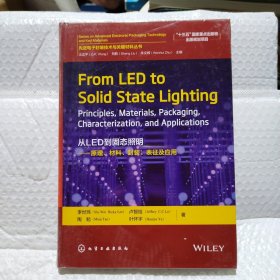
先进电子封装技术与关键材料丛书--从LED到固态照明:原理、材料、封装、表征及应用(英文版)
¥ 503 全新
仅1件
作者叶怀宇(Huaiyu Ye) 著;李世玮(Shi-Wei Ricky Lee);卢智铨(Jeffery C.C. Lo);陶勉(Mian Tao)
出版社化学工业出版社
出版时间2021-12
版次1
装帧其他
货号GG4341
上书时间2024-04-12
- 最新上架
商品详情
- 品相描述:全新
图书标准信息
- 作者 叶怀宇(Huaiyu Ye) 著;李世玮(Shi-Wei Ricky Lee);卢智铨(Jeffery C.C. Lo);陶勉(Mian Tao)
- 出版社 化学工业出版社
- 出版时间 2021-12
- 版次 1
- ISBN 9787122394484
- 定价 298.00元
- 装帧 其他
- 开本 其他
- 纸张 胶版纸
- 页数 247页
- 字数 493千字
- 【内容简介】
-
固体照明其主要优势是节能、环境友好和长寿命,而LED(发光二极管)封装是获得这些优点的主要保障技术。本书不仅涵盖照明、色度学、光度学、发光二极管的基本原理,同时全面介绍了LED 晶圆和芯片的制程、LED 芯片封装、LED 晶圆级封装、板级组装与LED 模组、光学与电学表征、热管理、可靠性以及封装材料等相关内容。尤其重点阐述了LED 封装中的关键技术如互连、荧光粉沉积、塑封等,LED 在通用固体照明和特殊照明中的应用也是本书的重点,还讨论了技术线路图有关内容。本书中大量的技术内容是作者的实践成果和实验成果,具有很强的产业化实践指导意义,读者将会从书中的工艺过程及实验数据中获益。
本书适合从事LED 设计、材料研发、封装和组装工艺、可靠性测试和应用等的高校及科研院所的研究人员及工程师使用。 - 【作者简介】
-
李世玮,香港科技大学,IEEE电子元件封装制造技术学会(CPMT Society)的全球总裁;英国物理学会、美国机械工程师学会(ASME)和IEEE评选为学会会士(Fellow),深圳研究院常务副院长、机械工程系教授、博士生导师,兼任先进微系统封装中心(CAMP)主任,李世玮教授于1992年获得美国普渡大学(Purdue University)航空航天工程博士学位,1993年加入香港科技大学(HKUST)任教,目前是香港科大深圳研究院常务副院长、机械工程系教授、博士生导师,兼任先进微系统封装中心(CAMP)主任,他也曾担任过香港科大所属的纳米及先进材料研发院(NAMI)的技术总监,并于2010年被派任为佛山市香港科技大学LED-FPD工程技术研究开发中心的创建主任。李教授的研究领域覆盖晶圆级和三维微系统封装、硅通孔(TSV)和高密度互连、LED封装和半导体照明技术、以及无铅焊接工艺及焊点可靠性。他的团队在国际学术期刊及会议论文集上发表了两百多篇技术论文,其中九篇获得*佳论文奖。李教授在各类学术活动和国际会议上非常活跃,他曾担任《IEEE电子元件及封装技术期刊》的总主编,并兼任另外两份国际学术期刊的编辑顾问。李教授还获选为IEEE电子元件封装制造技术学会(CPMT Society)的杰出讲师,经常受邀到全球各大学、研究单位、跨国公司、国际会议及论坛作专题报告或提供短期课程。由于李教授在国际间的成就及声望,他于1999、2003和2008年分别被英国物理学会、美国机械工程师学会(ASME)和IEEE评选为学会会士(Fellow)。2012年初当选为IEEE CPMT的全球总裁。
- 【目录】
-
Preface ⅸ
About the Authors ⅹⅰ
1 LEDs for Solid-State Lighting 1
1.1 Introduction 1
1.2 Evolution of Light Sources and Lighting Systems 1
1.3 Historical Development of LEDs 6
1.4 Implementation of White Light Illumination with an LED 8
1.5 LEDs for General Lighting 10
References 12
2 Packaging of LED Chips 15
2.1 Introduction 15
2.2 Overall Packaging Process and LED Package Types 16
2.2.1 PTH LED Component 17
2.2.2 SMD LED Component 18
2.3 Chip Mounting and Interconnection 20
2.3.1 Die Attach Adhesive 21
2.3.2 Soldering and Eutectic Bonding 24
2.3.3 Wire Bonding 31
2.3.4 Flip-Chips 34
2.4 Phosphor Coating and Dispensing Process 38
2.4.1 Dispersed Dispensing 39
2.4.2 Conformal Coating 41
2.4.3 Remote Phosphor 45
2.5 Encapsulation and Molding Process 48
2.5.1 Encapsulant Filling with Lens 48
2.5.2 Lens Molding 48
2.6 Secondary Optics and Lens Design 50
References 54
3 Chip Scale and Wafer Level Packaging of LEDs 61
3.1 Introduction 61
3.2 Chip Scale Packaging 63
3.3 Enabling Technologies for Wafer Level Packaging 66
3.3.1 Photolithography 66
3.3.2 Wafer Etching 68
3.3.3 TSV Filling 73
3.3.4 Bond Pad Metallization 73
3.3.5 Wafer Level Phosphor Deposition Methods 76
3.3.6 Moldless Encapsulation 87
3.4 Designs and Structures of LED Wafer Level Packaging 91
3.4.1 Reflective Layer Design 91
3.4.2 Cavity and Reflective Cup by Wet Etching 92
3.4.3 Copper-Filled TSVs for Vertical Interconnection and Heat Dissipation 95
3.5 Processes of LED Wafer Level Packaging 96
3.5.1 Case 1: Multichip LED WLP with Through Silicon Slots 96
3.5.2 Case 2: LED WLP with a Cavity 99
3.5.3 Case 3: Applications of an LED WLP Panel 103
References 106
4 Board Level Assemblies and LED Modules 111
4.1 Introduction 111
4.2 Board Level Assembly Processes 112
4.2.1 Metal Core Printed Circuit Board 112
4.2.2 Printed Circuit Board with Thermal Vias 119
4.2.3 Wave Soldering 124
4.2.4 Surface Mount Reflow 126
4.3 Chip-on-Board Assemblies 130
4.4 LED Modules and Considerations 137
References 141
5 Optical, Electrical, and Thermal Performance 145
5.1 Evaluation of Optical Performance 145
5.1.1 Basic Concepts of Radiometric and Photometric 145
5.1.2 Irradiance Measurement Calibration 155
5.1.3 Common Measurement Equipment 156
5.2 Power Supply and Efficiency 159
5.2.1 Electrical Characteristics of LED 159
5.2.2 Power Supply for LEDs 161
5.2.3 Power Efficiency 162
5.3 Consideration of LED Thermal Performance 163
5.3.1 Thermal Characterization Methods for LEDs 163
5.3.2 Thermal Management Methods 170
References 172
6 Reliability Engineering for LED Packaging 175
6.1 Concept of Reliability and Test Methods 175
6.1.1 Reliability of Electronic Components or Systems 175
6.1.2 Common Failure Mechanisms and Reliability Tests 176
6.2 Failure Analysis and Life Assessment 181
6.2.1 Methodology for Failure Analysis 181
6.2.2 Weibull Analysis and Acceleration Model for Life Assessment 182
6.3 Design for Reliability 185
References 187
7 Emerging Applications of LEDs 189
7.1 LEDs for Automotive Lighting 189
7.1.1 Development 189
7.1.2 Typical Structures 190
7.1.3 Challenges 191
7.1.4 Conclusion 194
7.2 Micro- and Mini-LED Display 194
7.2.1 Development 195
7.2.2 Typical Structures 200
7.2.3 Challenges 202
7.2.4 Conclusion 203
7.3 LED for Visible Light Communication 203
7.3.1 Development 204
7.3.2 Typical Applications 205
7.3.3 Challenges 206
7.3.4 Conclusion 208
References 208
8 LEDs Beyond Visible Light 213
8.1 Applications of UV LED 213
8.1.1 Structures 213
8.1.2 Applications 218
8.1.3 Challenges 222
8.1.4 Conclusion 224
8.2 Applications of IR-LEDs 225
8.2.1 Structures 226
8.2.2 Applications 227
8.2.3 Challenges 231
8.2.4 Conclusion 232
8.3 Future Outlook and Other Technology Trends 233
8.3.1 Better Light Sources 233
8.3.2 Interconnection 234
8.3.3 Interaction with Humans 234
8.3.4 Light on Demand 235
References 235
Index 243
相关推荐
-

先进电子封装技术与关键材料丛书--FreeformOpticsforLEDPackage
全新广州
¥ 159.00
-

先进电子封装技术与关键材料丛书--FreeformOpticsforLEDPackage
全新济宁
¥ 136.96
-

先进电子封装技术与关键材料丛书--FreeformOpticsforLEDPackage
全新保定
¥ 143.00
-

先进电子封装技术与关键材料丛书--FreeformOpticsforLEDPackage
全新无锡
¥ 196.68
-

先进电子封装技术与关键材料丛书--FreeformOpticsforLEDPackage
全新天津
¥ 137.20
-

先进电子封装技术与关键材料丛书--FreeformOpticsforLEDPackage
全新成都
¥ 198.90
-

先进电子封装技术与关键材料丛书--FreeformOpticsforLEDPackage
全新北京
¥ 236.36
-

先进电子封装技术与关键材料丛书--FreeformOpticsforLEDPackage
全新天津
¥ 169.74
-

先进电子封装技术与关键材料丛书--FreeformOpticsforLEDPackage
全新潍坊
¥ 155.00
-
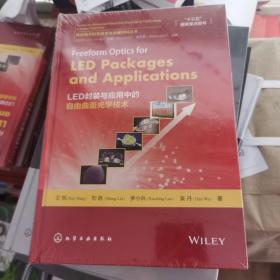
先进电子封装技术与关键材料丛书--FreeformOpticsforLEDPackage
全新廊坊
¥ 100.00
— 没有更多了 —
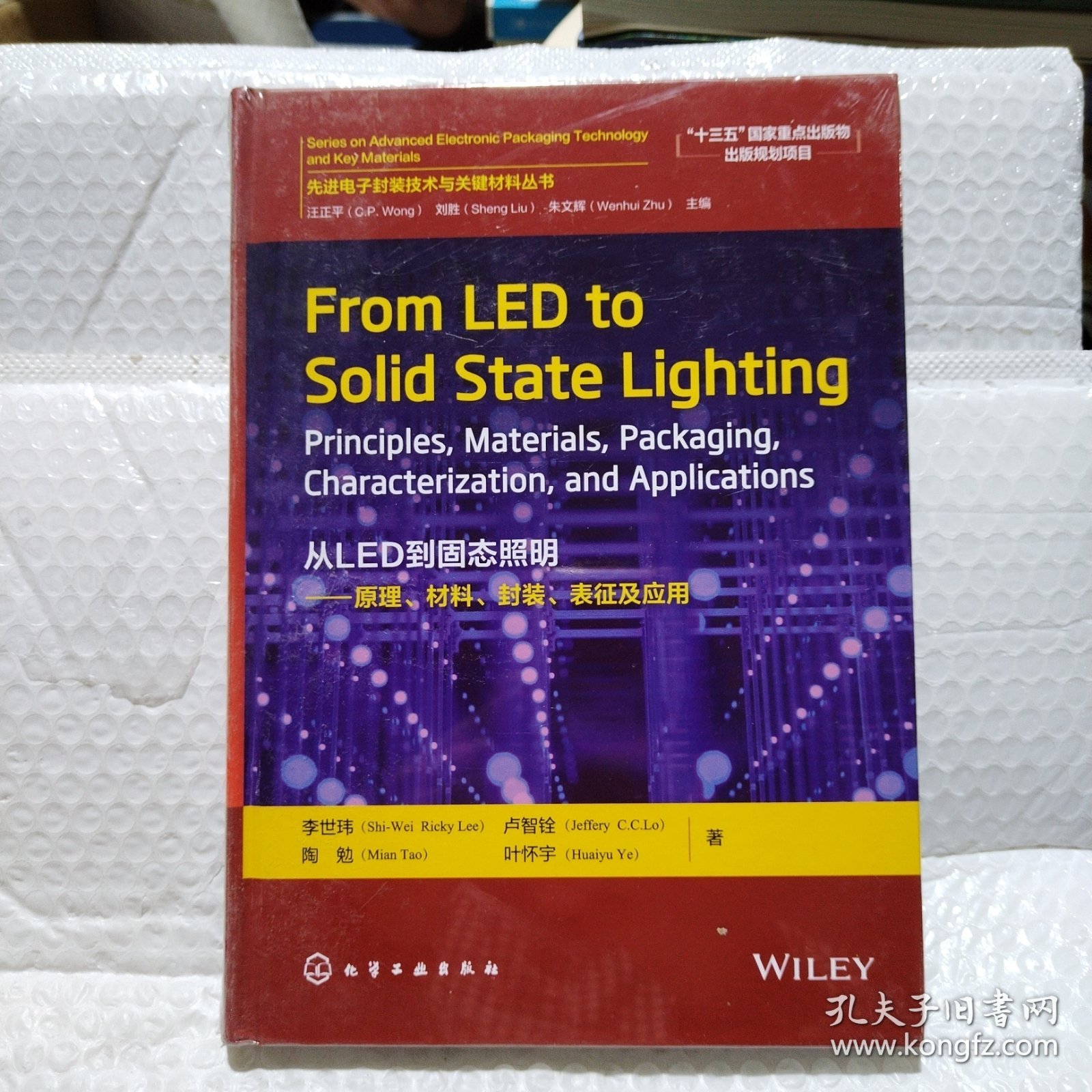
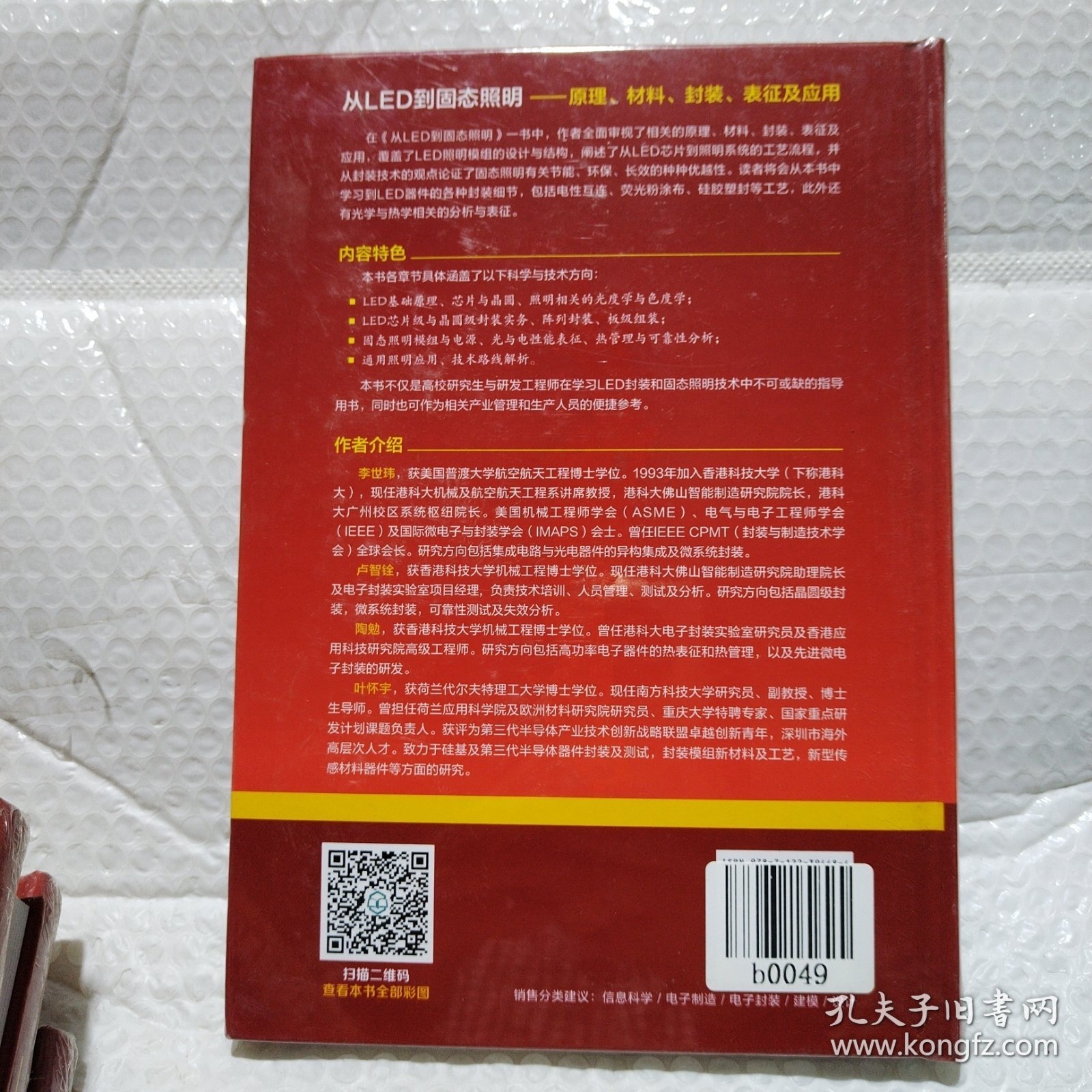

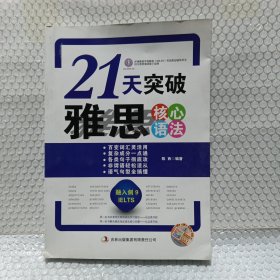
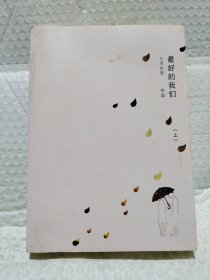
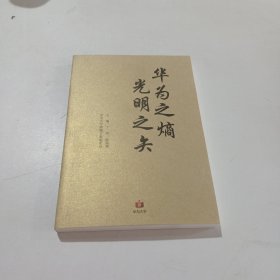
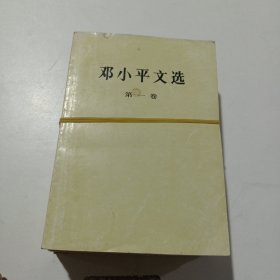
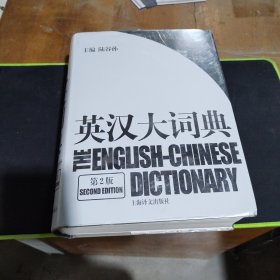
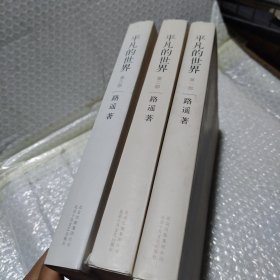


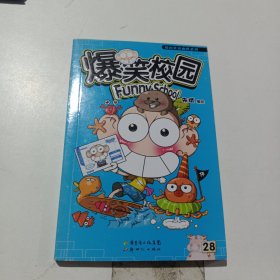

以下为对购买帮助不大的评价